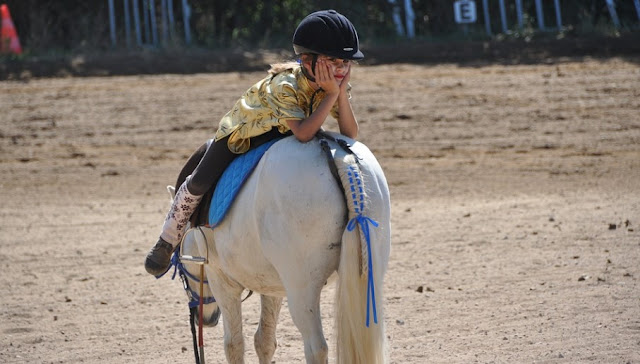Horseback riding is a popular activity enjoyed by people of all ages and backgrounds. It is not only an excellent form of exercise but also provides a unique opportunity to connect with nature and these majestic animals. However, like any activity involving animals, it is essential to prioritize safety to ensure an enjoyable experience for both the rider and the horse.
In this article, we will explore the reasons why horseback riding is an enjoyable activity and the importance of safety when riding horses. Additionally, we will discuss the types of horses, understand horse behavior, and how to approach a horse. Finally, we will cover the necessary preparations before heading out on a ride, including proper attire and equipment, stretching exercises, and basic horse grooming.
A. Why horseback riding is an enjoyable activity
Horseback riding is an excellent way to disconnect from our busy lives and connect with nature. It provides an escape from the hustle and bustle of city life and allows us to enjoy the beauty of the outdoors. Additionally, horseback riding has numerous physical and mental health benefits. It is a great cardiovascular workout that helps improve balance, coordination, and flexibility. Horseback riding also helps to reduce stress levels and improve our mood.
B. Importance of safety when riding horses
Safety should always be a top priority when riding horses. Horses are powerful animals that can weigh up to 1,000 pounds, and accidents can happen. It is important to follow proper safety procedures, wear appropriate gear, and understand basic horse behavior before getting on a horse.
Understanding Horses
A. Types of horses
There are over 300 different breeds of horses, each with its unique characteristics and traits. Some common breeds used for horseback riding include Quarter Horses, Arabians, Thoroughbreds, and Warmbloods. It is essential to choose the right horse for your riding level and experience.
B. Understanding horse behavior
Horses are herd animals and have a strong flight response when they feel threatened. It is essential to understand horse behavior and body language to communicate with them effectively. Approaching horses from their left side is standard practice as they are more used to being handled from that side. It is also important to be calm and relaxed around horses as they can sense fear or anxiety.
C. How to approach a horse
Approaching a horse should always be done with caution. It is best to approach a horse slowly and from the side, making sure to stay within its line of sight. Talking to the horse in a calm voice and allowing them to smell you can help them become more comfortable around you.
Preparing for the Ride
A. Proper attire and equipment
Wearing proper attire and equipment is essential when riding horses. A well-fitting helmet is the most important piece of equipment and should always be worn. It is also important to wear comfortable, closed-toe shoes with a low heels, long pants, and gloves to protect your hands. Riding boots and a riding helmet can be rented from many stables.
B. Stretching exercises
Stretching before a ride can help improve flexibility and prevent injuries. Stretching exercises such as leg swings, hip circles, and shoulder rolls can help loosen muscles and prepare the body for riding.
C. Basic horse grooming
Basic horse grooming is essential to ensure the horse is comfortable and healthy. Grooming should include brushing the horse's coat, cleaning its hooves, and checking its overall health. It is also important to make sure the horse's tack (saddle, bridle, etc.) is clean and properly fitted before riding.







0 Comments